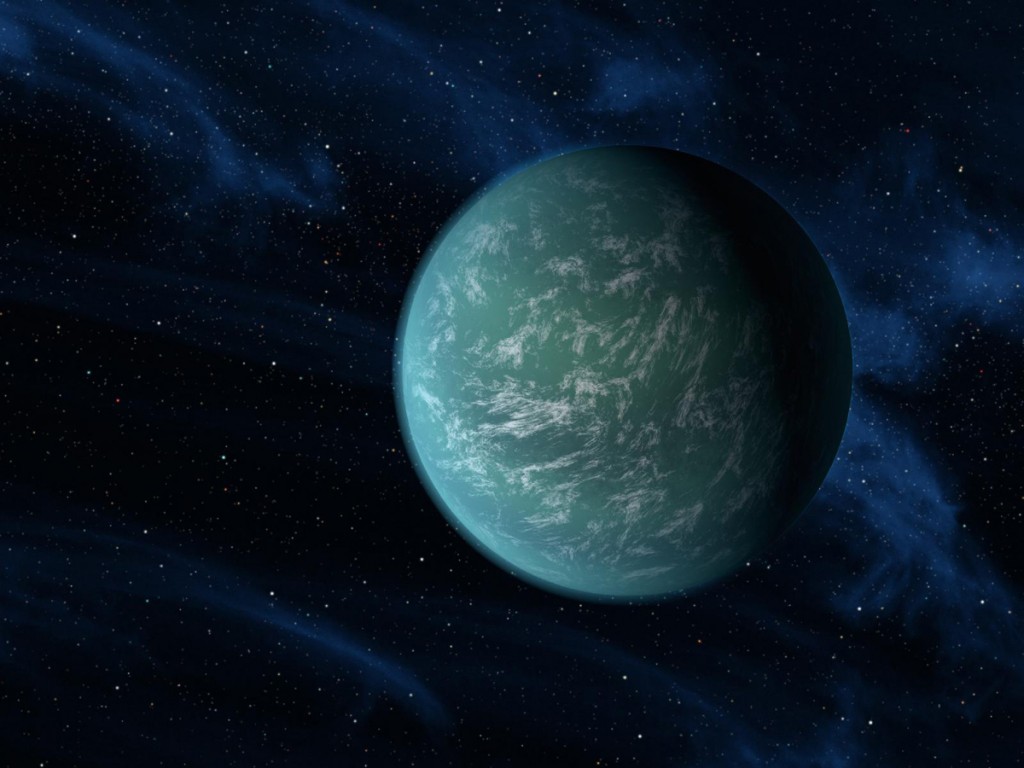The first true “alien Earth” will likely be discovered in the next two years, a NASA scientist says.
Astronomers have found more than 750 alien planets to date, and NASA’s Kepler Space Telescope has flagged 2,300 additional “candidates” awaiting confirmation by follow-up studies. This haul has not yet included an Earth-like exoplanet — one that’s the size of our planet and orbits at the right distance from its star to support liquid water and, possibly, life as we know it.
But that could change soon, according to Shawn Domagal-Goldman, a researcher at NASA Headquarters in Washington, D.C. who specializes in exoplanet biology.
“I believe Kepler will find a ‘Goldilocks planet’ within the next two years,” Domagal-Goldman said in a statement. “We’ll be able to point at a specific star in the night sky and say ‘There it is — a planet that could support life!’” [Video: How to Find Earth's Alien Twin]
Studying a ‘Goldilocks planet’
Some NASA officials appear to share Domagal-Goldman’s optimism, for the agency is already looking into ways to study alien Earths once they’re found.
It’s difficult to investigate such worlds directly, since faraway Earth-size planets are small and faint, their dim light almost completely drowned out by the bright glare of their parent stars. But researchers are confident that an indirect approach, called transit spectroscopy, can reveal a lot about Goldilocks worlds.




